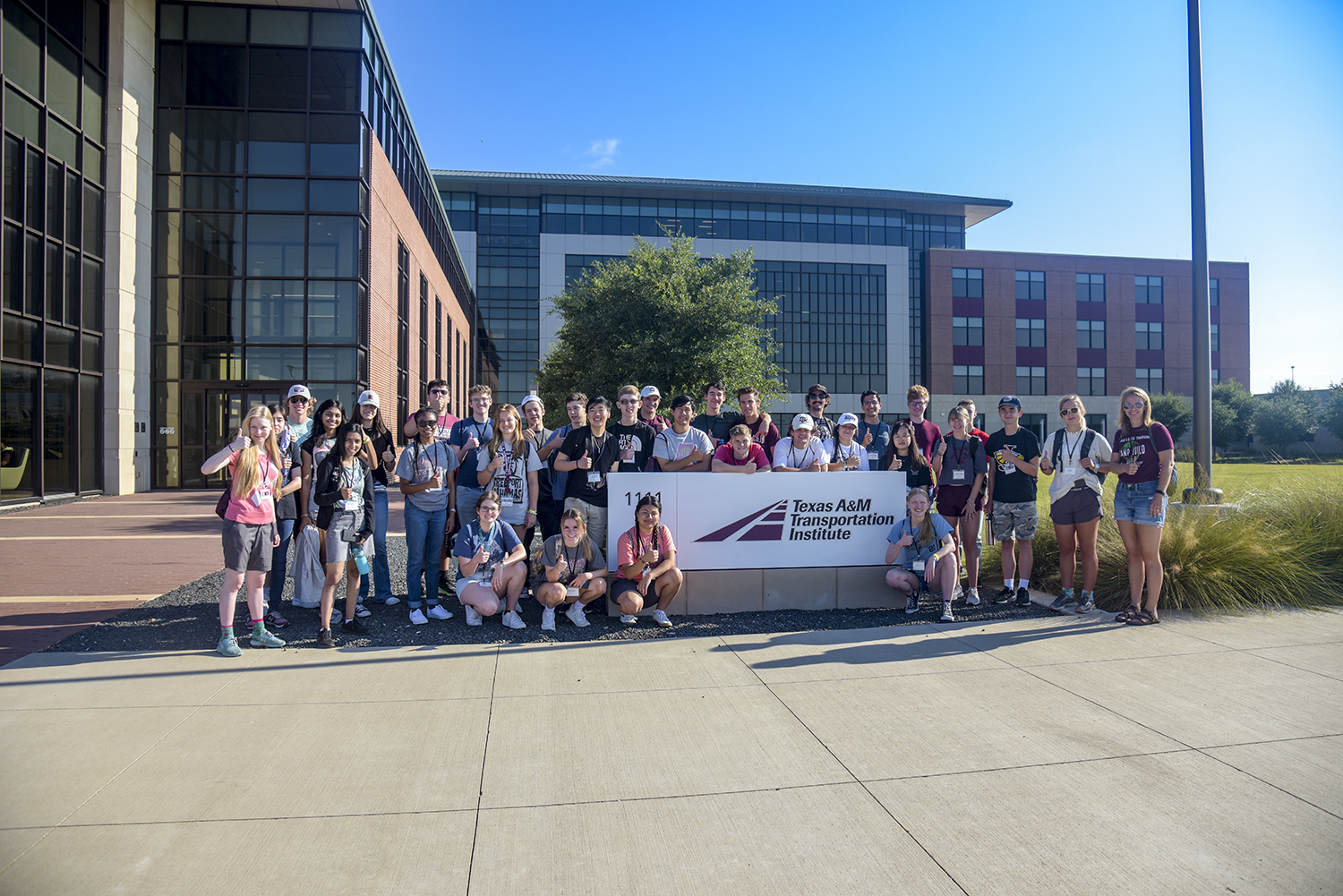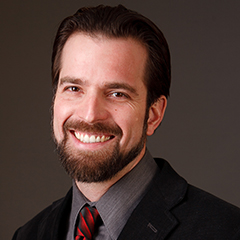


A fifth-year doctoral student in biomedical engineering and mechanics at Virginia Tech, Eileen Herbers, was named the Student of the Year for the Safe-D: Safety through Disruption University Transportation Center. Herbers was presented with the award for her work on measuring the potential safety impact of automated driving systems at the Council of University Transportation Centers Awards Banquet preceding the Transportation Research Board Annual Meeting on Jan. 6.

Django Bergcollins, an Undergraduate Civil Engineering with a minor in Computer Science at San Diego State University, has been honored as a University Transportation Center (UTC) Student of the Year for 2022. He assisted with two Safe-D projects: Developing an Intelligent Transportation Management Center (ITMC) with a Safety Evaluation Focus for Smart Cities and A Holistic Work Zone Safety Alert System through Automated Video and Smartphone Sensor Data Analysis

Adam Novotny exemplifies how traditional education supplemented by hands-on work experience is the formula for success. Adam decided to come to Virginia Tech to pursue a doctorate in Biomedical Engineering and Mechanics after earning a B.S. in Mechanical Engineering from The College of New Jersey in 2018. He explains: “By the time I was graduating college, I became interested in applying my mechanical engineering background to improve human safety and I was really impressed by the research conducted at VTTI.”

The Texas A&M Transportation Institute (TTI) hosted two groups of campers on June 23 and 30 from Texas A&M University’s Zachry Department of Civil and Environmental Engineering’s Camp BUILD. TTI Senior Research Engineer Melisa Finley and Associate Research Engineer Debbie Albert organized the sessions with support from Texas A&M students and volunteers.
Fueled by the inevitable changes in our transportation system, the Safety through Disruption (Safe-D) University Transportation Center (UTC) endeavors to maximize the potential safety benefits of disruptive technologies through targeted research that addresses the most pressing transportation safety questions. With the outstanding leadership of the Virginia Tech Transportation Institute and the Texas A&M Transportation Institute in a mentoring collaboration with the new transportation research group at San Diego State University, a Hispanic-serving institute known for educating the transportation workforce, our geographically balanced consortium encompasses the largest collection of transportation safety researchers in the nation and provides unparalleled expertise, facilities, and resources to conduct impactful research towards our long-term vision. The Safe-D Center will focus its efforts in three key areas: (1) cutting-edge research by leading transportation safety experts and their students; (2) education and workforce development with programs for all levels from grade school through college to continuing education for professionals; and (3) fully supported technology transfer including practitioner training partnerships, social networking, commercialization, and intellectual property management.
The mission of Safe-D is to proactively promote safety through a data-driven collaboration among the nation’s brightest researchers.
The vision of Safe-D is a nation with a systemically safe transportation system.
 The Safe-D consortium was assembled by the Director, Dr. Zachary Doerzaph, with the expressed intent to make significant progress toward a nation with systemically safe travel through research, education and workforce development, and technology transfer efforts.
The Safe-D consortium was assembled by the Director, Dr. Zachary Doerzaph, with the expressed intent to make significant progress toward a nation with systemically safe travel through research, education and workforce development, and technology transfer efforts.